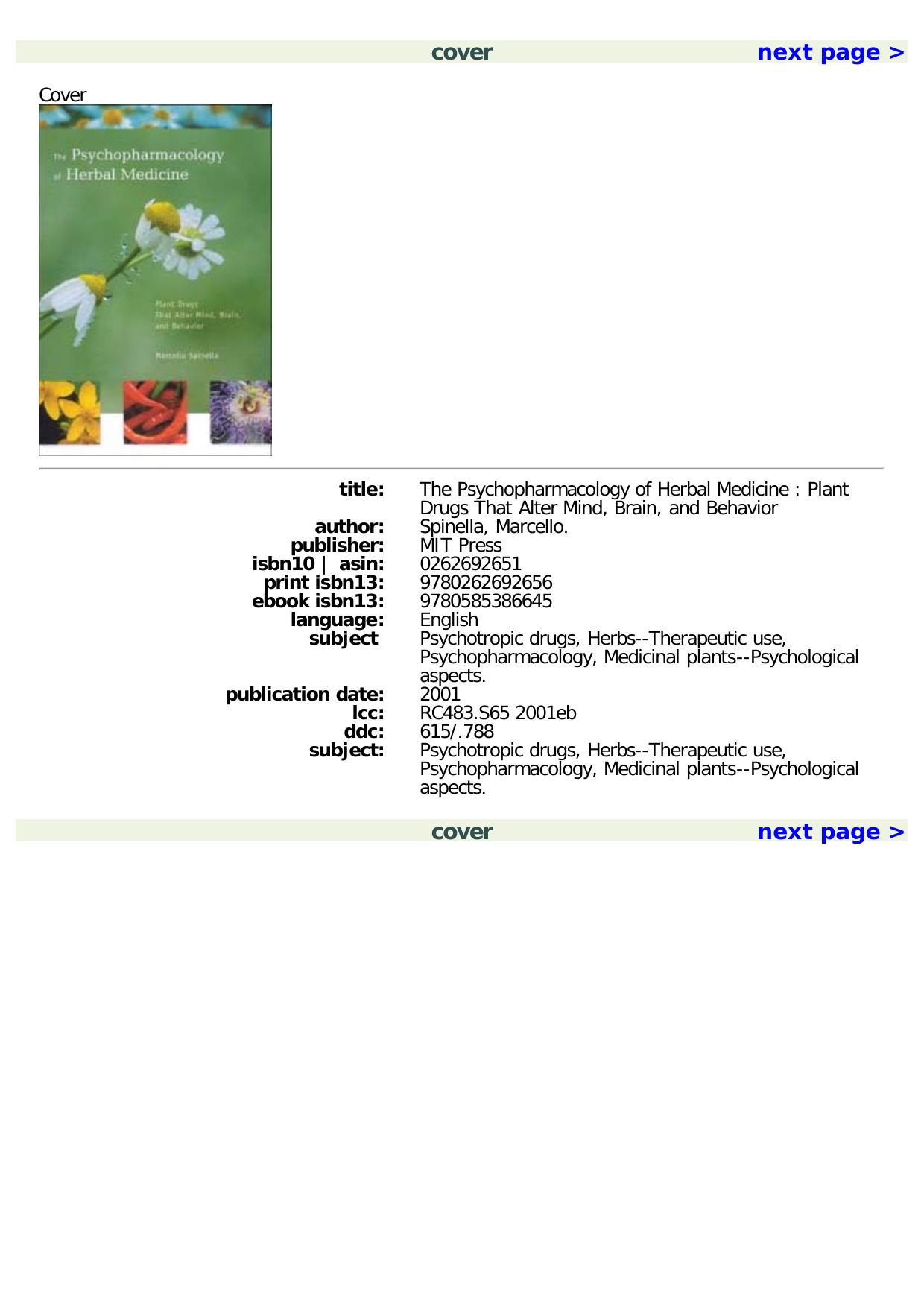The Psychopharmacology of Herbal Medicine: Plant Drugs That Alter Mind, Brain, and Behavior by Marcello Spinella

Author:Marcello Spinella [Spinella, Marcello]
Language: eng
Format: epub, pdf
Tags: Medical, Pharmacology, Alternative & Complementary Medicine, Nursing, Psychiatric & Mental Health
ISBN: 9780262307161
Google: vOkGEAAAQBAJ
Publisher: MIT Press
Published: 2001-06-08T00:25:45.516551+00:00
Figure 8.12
Chemical structure of cocaine and synthetic local anesthetics.
Mechanism of Action
The local anesthetic actions of cocaine are independent of its well-known actions on monoamines. Rather, the local anesthetic effects occur as a consequence of its interaction with voltage-gated Na+ channels (Matthews and Collins 1983). Cocaineâs cerebral vasoconstrictor effects occur through local anesthetic rather than sympathomimetic mechanisms (Albuquerque and Kurth 1993).
The site of action on the Na+ channel for cocaine and its analogs appears to be on the intracellular side of the channel, so cocaine must evidently cross the cell membrane to be effective (Narahashi and Frazier 1971). The Na+ channel is composed of a large protein divided into α, β1, and β2 subunits. The α subunit is further divided into four domains, each of which contains four transmembrane segments (designated IâIV). This protein is fixed in the cell membrane, and is sensitive to voltage. When the cell is sufficiently depolarized, a conformational change occurs in the protein, allowing flow of Na+ across the membrane. After several milliseconds, an inactivation gate closes, ceasing the flux of Na+. The inactivation gate is likely located on an intracellular loop between domains III and IV.
The inhibition produced by local anesthetics is both frequency- and voltage-dependent, and also referred to as âuse-dependent block.â Nerves that are more stimulated encounter a greater degree of inhibition, while resting axons are relatively less sensitive (Butterworth et al. 1987). The duration of action is prolonged by vasoconstrictors because they keep the drug in contact with the nerve longer rather than it being carried away in the blood stream. Different size nerve fibers also have varying sensitivity to local anesthetics. Smaller C and Aδ fibers are more sensitive than the larger Aγ, Aβ, and Aα fibers. Thus, sensory and autonomic nerves are more susceptible than motor and proprioceptive nerves.
Clove Oil
Clove oil is used as a local anesthetic. Clove comes from the tree Syzygium aromaticum (formerly referred to as Eugenia caryophyllus or Caryophyllus aromaticus) (Gruenwald et al. 1998; Tyler 1994; Robbers et al. 1996). It is an evergreen tree that grows up to 20 meters in height. The spice derives from the characteristic nail-shape cloves of the tree (figure 8.13). Clove oil, which is the preparation used for local anesthesia, is steam-distilled from the flowers. A large proportion of clove produced is ground and added to tobacco. These are referred to as kretek in Indonesia, or as simply as clove cigarettes in the West. They contain approximately 60% tobacco and 40% clove (Clark 1989). Although more popular in Indonesia, they have made their way to the West.
Clove was known to the Chinese as early as 266 B.C.E. The Dutch wished to monopolize the trade of clove in the seventeenth century, and so destroyed all of the trees except those on Ambon and Ternate. However, the tree has since been introduced to many other regions. Indigenous to the to the Molucca Islands, it is also grown on several islands of Africa, Asia, and the West Indies. The majority of the worldâs supply comes from Tanzania and Zanzibar.
Download
The Psychopharmacology of Herbal Medicine: Plant Drugs That Alter Mind, Brain, and Behavior by Marcello Spinella.pdf
This site does not store any files on its server. We only index and link to content provided by other sites. Please contact the content providers to delete copyright contents if any and email us, we'll remove relevant links or contents immediately.
Spare by Prince Harry The Duke of Sussex(5077)
Machine Learning at Scale with H2O by Gregory Keys | David Whiting(4195)
Fairy Tale by Stephen King(3223)
Will by Will Smith(2795)
Hooked: A Dark, Contemporary Romance (Never After Series) by Emily McIntire(2502)
The Bullet Journal Method by Ryder Carroll(2487)
Rationality by Steven Pinker(2291)
Can't Hurt Me: Master Your Mind and Defy the Odds - Clean Edition by David Goggins(2230)
It Starts With Us (It Ends with Us #2) by Colleen Hoover(2203)
Friends, Lovers, and the Big Terrible Thing by Matthew Perry(2126)
The Becoming by Nora Roberts(2091)
Love on the Brain by Ali Hazelwood(1965)
HBR's 10 Must Reads 2022 by Harvard Business Review(1779)
The Strength In Our Scars by Bianca Sparacino(1778)
A Short History of War by Jeremy Black(1764)
Leviathan Falls (The Expanse Book 9) by James S. A. Corey(1651)
515945210 by Unknown(1602)
A Game of Thrones (The Illustrated Edition) by George R. R. Martin(1594)
Bewilderment by Richard Powers(1541)
